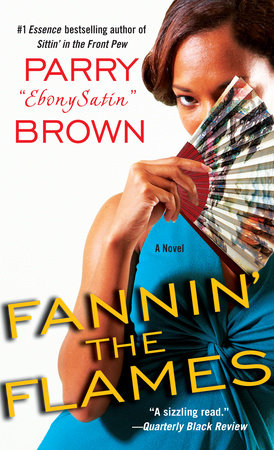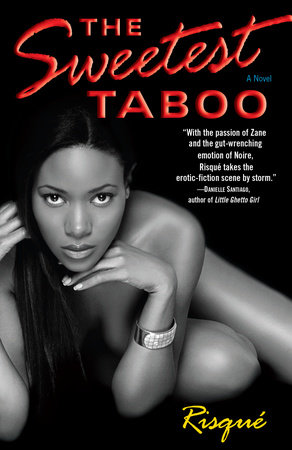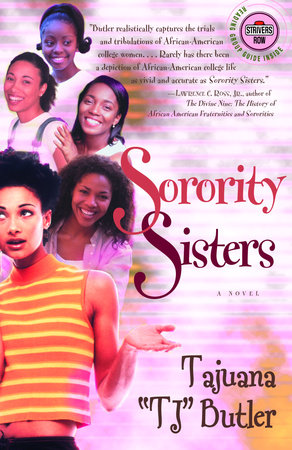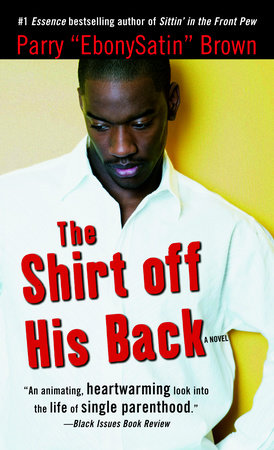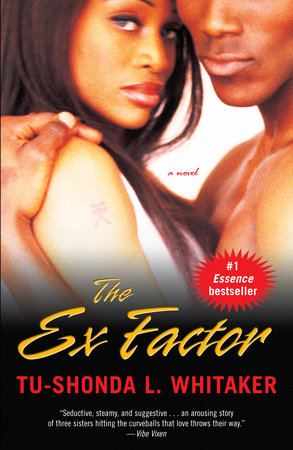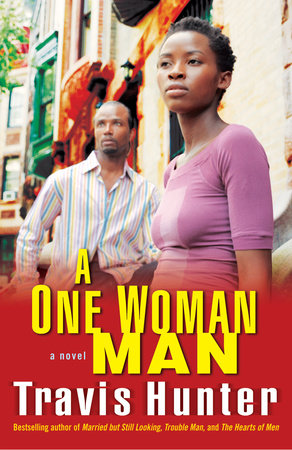Fannin’ the Flames an Interview with Parry “EbonySatin” Brown
1. How’d you get the name “EbonySatin”?
I began writing on the Internet and my screen name was (and still is) EbonySatin. Back then it represented my favorite color and ultra smooth skin. Also, several hundred fans knew me only as EbonySatin, so I incorporated it into my name when The Shirt off His Back was published in order to be recognized.
2. What motivated you to get involved with and write about firefighters?
In May of 1999, shortly after I’d begun the thirty-eight week road trip to promote the self-published version of The Shirt off His Back, a firefighter friend encouraged me to attend a conference being held in Little Rock, Arkansas. In my zeal to sell books, I gladly accepted the invitation. Nothing could have prepared me for the very warm reception I received from the South Central Region of the International Association of Black Professional Fire Fighters (IABPFF). At the memorial luncheon I performed the poetic tribute I wrote called "Nothing like a Black Man," which was in the original self-published version of The Shirt off His Back. The poem was also on my web site, and I recite it at almost every single one of my readings to a standing ovation each time. I’ve since recorded it and I give it away on CD at my readings, which everyone loves. But at the IABPFF conference, they stood on their feet cheering for more than three minutes. A wonderfully mutual love and respect was born that spring and I’ve not missed one conference since that date. I still perform the poem at every conference and the reaction is always the same.
3. How has your personal experience with firefighters inspired your writing, and how has it inspired your life?
The conferences were not all work, so I got to know and hang out with many of the firefighters. But I also sat quietly among them in hospitality suites at various conferences over the years (I haven’t missed a conference since I attended my first one) and observed. I began to recognize that I was in the presence of something very special. The more I observed, the more enamored I became of the fire fighters. Being in the presence of these brave, selfless people has forever changed the way I view life. My love and respect for them is so strong that not a fire truck or rescue unit passes that I don’t whisper ‘there go my boys’.
4. Racism plays a big part in Fannin’ the Flames. Did the firefighters you met in real life influence your decision to make this central to the plot of this book?
Without a doubt the racism aspect was the biggest motivator to get this story written. Most of my exposure had been with fire service workers employed in southern states and their stories left me wide-eyed and amazed that these kinds of injustices were taking place in the new millennium.
5. How did you do research for this book?
I interviewed firefighters, paramedics and emergency medical technicians for hours. I did a ride along with one fire company, and words cannot possibly describe what it was like for me to spend twelve hours as a firefighter. When the alarm sounded I thought my heart would burst through my chest as I ran for the truck. I never realized how high off the ground the truck actually was. Once I was perched on the seat behind the driver, I put on my very own jacket and helmet. At first my neck had trouble remaining stable under weight of the helmet, but by the end of my shift, I had mastered getting into the truck and holding my head up once I got the helmet on. Of course I had to stay a safe distance from the fires, but on rescue runs I was up close and personal with the victims. From the down-home breakfast to the high- speed runs on the wrong side of the street with sirens blaring, that was a day I will always remember. Everything that happens in Fannin’ the Flames comes directly or indirectly from watching and listening.
6. Choose one situation in the book that you’d really like your readers to remember.
That’s a tough one. There are so many ‘moments’ in this story, but if I can only pick one I’d have to say when Jerome walks away from Mychel on New Years Eve. It showed his true character, his inner strength and devotion to the woman he loves.
7. You sponsored an essay contest from which you’ve chosen two winners to be published in the back of Fannin’ the Flames. Tell us what inspired you to do this, what the submissions were like, and why you wanted to do it.
I believe with all my heart that to whom much is given, so very much is required; therefore I wanted to give a little something back to those who have inspired me to write Fannin’ the Flames. I wanted the men and women of the fire service who’ve taught me what a true calling is, to feel a part of this project, so I created an essay contest and with the help of the International Association of Professional Black Firefighters a query was sent out to all of their regions. I received approximately 200 responses, and I chose the winners with some help from my agent. I wanted the fire fighters to feel very much a part of this project and to be proud of what we’ve accomplished together. It was so difficult to choose the winning essays because they all said the same thing: they love what they do. The winners don’t have any specific connection to Fannin‘. I just chose two entries that really spoke to me. Pamela Harris became a firefighter after the age of 40. This is amazing because so many younger people can’t even pass the physical test. She then lost her son to a heart attack (he was only 22 years old). She has overcome so much and after I read her story, she won hands-down. Jamal Johnson is a young man, who comes from a family of fire fighters — both his father and brother are also fighters. And he has an incredible commitment to his community. He is a true role model.
The winners will have their essays published in the back of my book and will be flown out to the IABPFF conference in Los Angeles this August, receive hotel accommodations (on me), and will attend the book launch party. I’ll also take them to dinner and will feature their photographs and essays on my website www.parryabrown.com.
8. What are you working on now?
My fingers are really busy these days. I’m putting the finishing touches on my second romance anthology Love at Work with my Sistahrette partners Pat Simmons and Lisa Watson. I’ve begun my fourth full-length novel, Made of Honor, a story of idealism and betrayal. And finally, I’m writing the screenplay adaptation for Sittin’ in the Front Pew. Oh yeah, and co-producing the feature film production of The Shirt off His Back.
